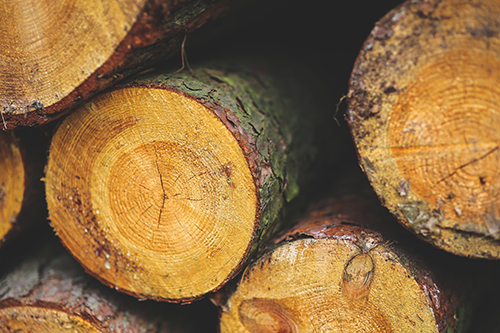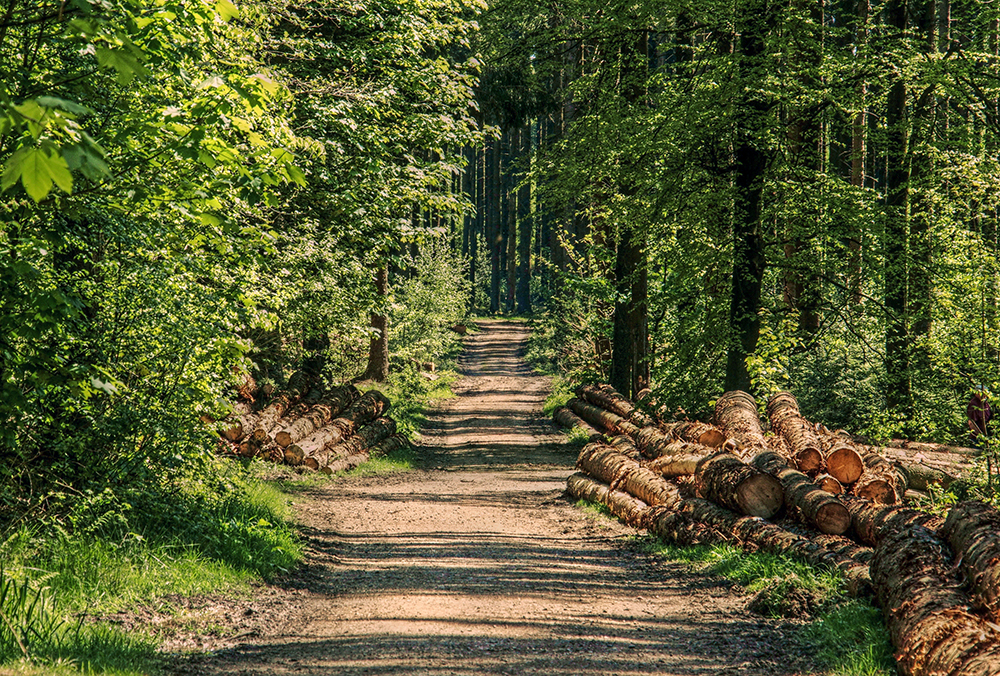
As a private landowner, your trees and your property are your responsibility. Timber is a unique commodity, in that it is only sold once or twice in a lifetime. With only a few times to make a sale, you must have the knowledge and planning to protect your assets and maximize your profits. By following the eight steps outlined, you can ensure a successful and profitable sale.
Steps in Conducting a Successful Timber Sale:
- Determine Your Timber Sale Objectives
- Consult with a Professional Forester
- Perform an Inventory and Appraisal
- Market your Timber with a Sealed Bid Process
- Prepare a Timber Sale Contract
- Follow Forestry Best Management Practices
- Retire the Sale Area
- Remember Tax Considerations
Determine Your Timber Sale Objectives
Your answers to the following questions will guide how the timber sale is conducted.
- Besides income, what ownership objectives do you wish to achieve from the timber sale?
- Are you willing to invest a portion of your timber sale proceeds for the growth of the next forest or to benefit wildlife on your property?
- Do you plan to use the roads and trails for access after the timber sale?
- Can you describe or envision the appearance of your property after the timber sale? How will tree tops, log cutoffs, woody debris and slash be left, treated, or distributed?
- How will you protect water quality in streams and ponds during and after the timber sale?
Additional Resources
Take the Timber Sellers Quiz to determine what might be involved in a timber sale.
Additional Resources
Best Practices for Selling Your Timber: Introduction and overview of practices to follow when selling your timber
Forest*A*Syst: In-depth guide to understanding and managing your forested landn-depth guide to understanding and managing your forested land
The Contract: Video that illustrates the difference between an effective timber sale versus a poorly planned and executed timber sale
Acknowledgements
- Summer Intern Forestry Students: Tyler Gifford, Katie Rimmer, Max Street, Caley Monigan
- Under the direction of Dr. Wayne Clatterbuck, Forestry Professor and Kristy Keel-Blackmon, Communications Specialist

